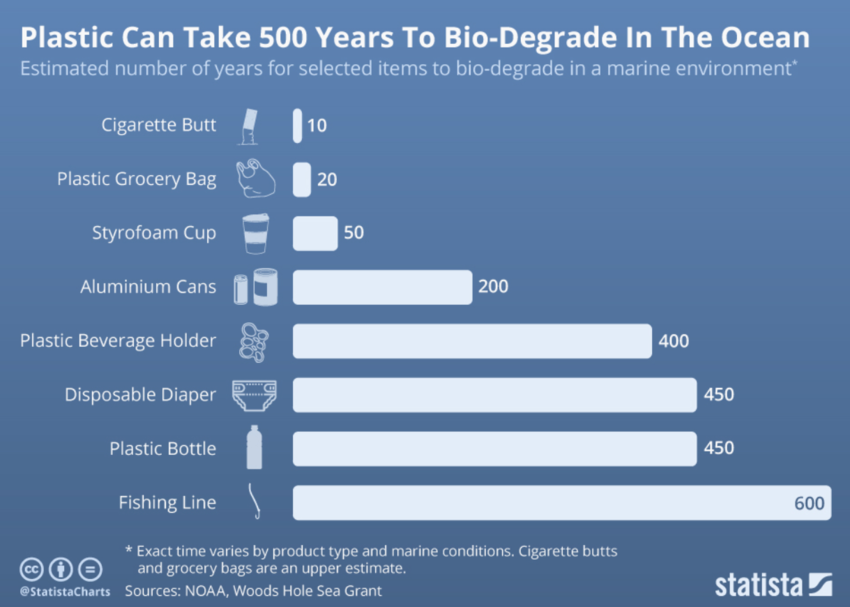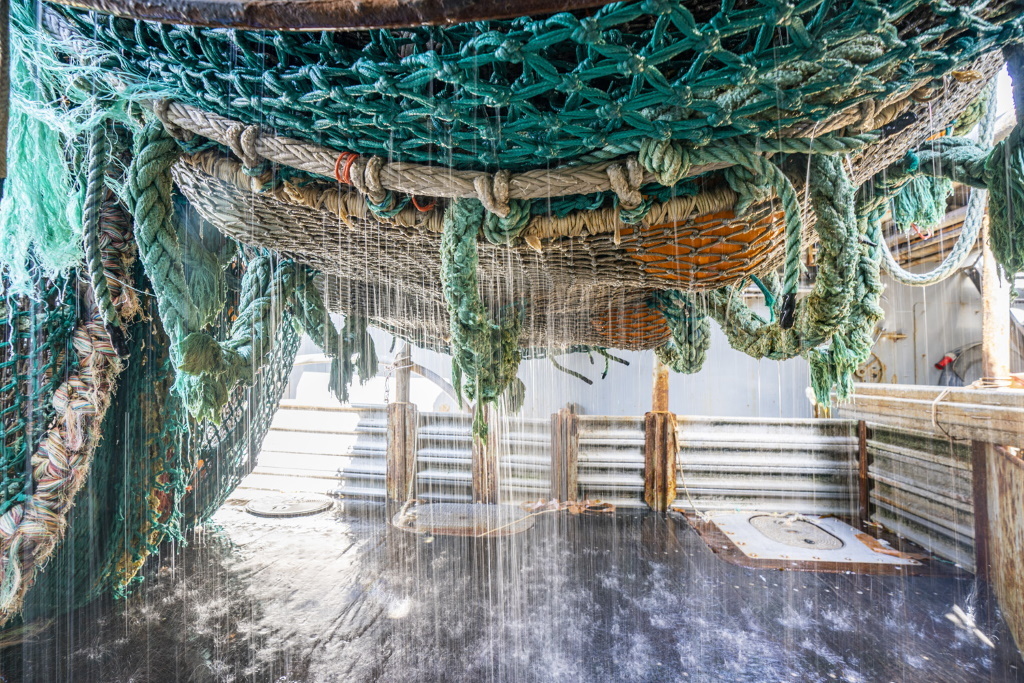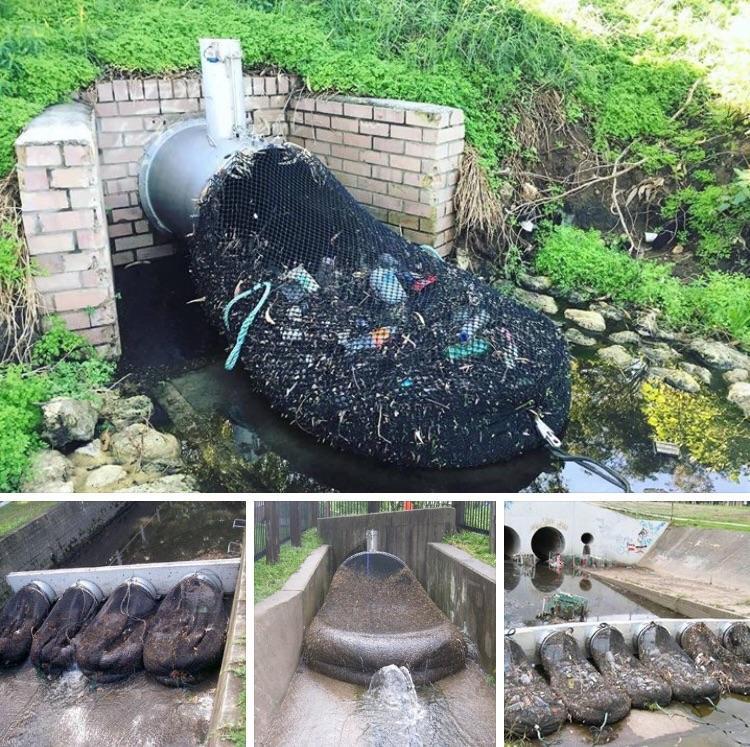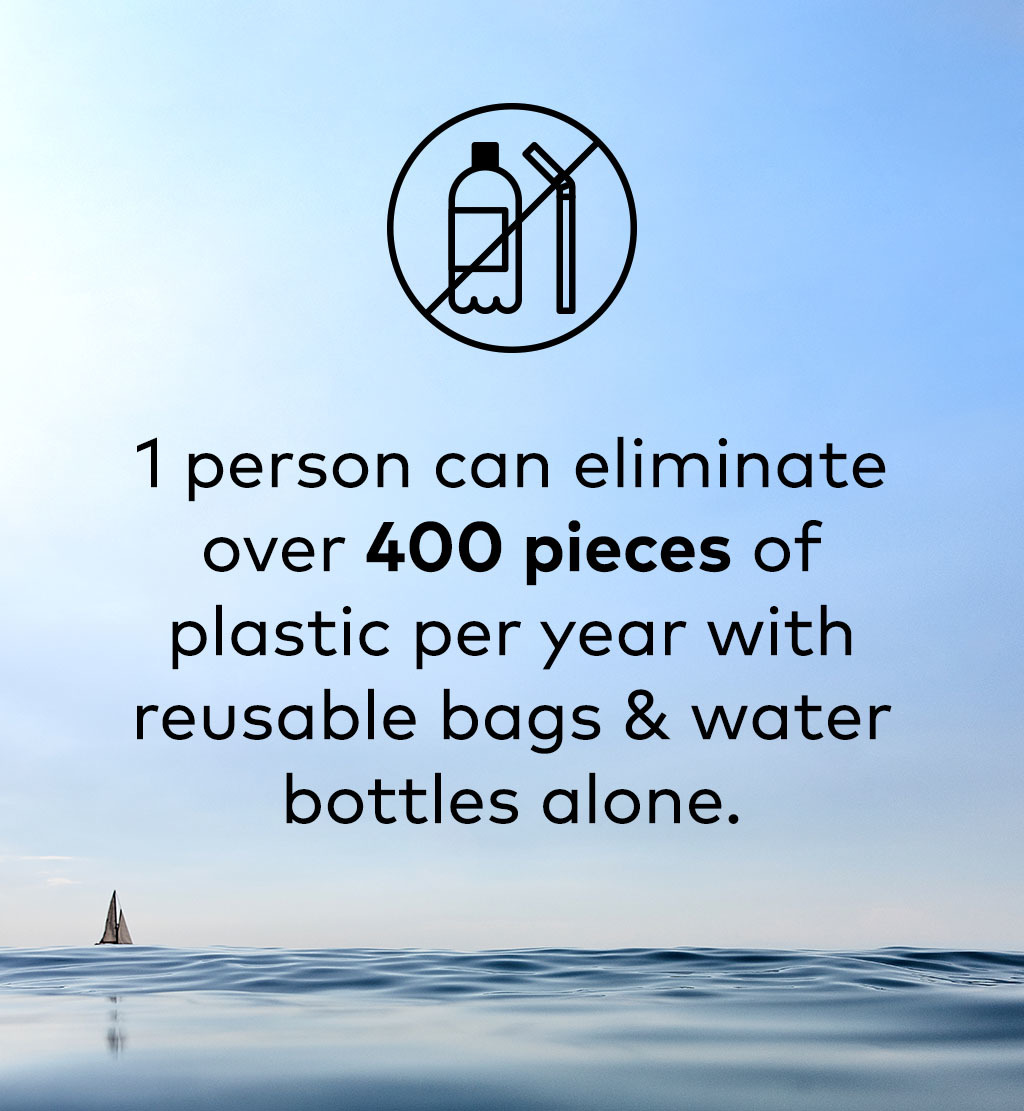
Mastering everyday stress: How to recognize and deal with stressful...
Find out how you can identify your daily stressful situations and navigate the ups and downs of everyday stressors with ease.
Lifestyle
There it continues to float around for hundreds of years, breaking into microplastic particles, killing marine life and contributing to the climate change that affects us all.

So what is being done to clean up plastic waste from the ocean?
1. Beach clean-ups
The journey to a plastic-free ocean begins on land, where beaches and nearshore locations are being cleaned by locals, volunteers, and organizations, one piece of plastic waste at a time.
Remember the #TrashTag challenge?
Manual and volunteer clean-ups are incredibly important since they prevent plastic waste from entering the ocean in the first place.
With ghost fishing gear, it also prevents it from returning to the ocean once it is removed from it.
2. Nearshore clean-ups with divers and boats
Nearshore locations are often littered with discarded fishing gear that gets caught on reefs and rocks on the ocean floor.

Organized dive-site clean-ups are done by environmental groups in collaboration with volunteer divers and local boat owners.
Ocean waste is collected on boats, piers, and beaches and disposed of.
3. Systems that collect and prevent ocean plastic waste
Different types of systems that collect and prevent ocean plastic waste are already being tested on land and at sea.
For example, Australia is testing a drainage mesh that collects waste before it even reaches the ocean.

At harbors and marinas, the Seabin project is picking up floating trash along with chemicals you would usually find in the water around yachts and boats.
U-shaped floating screens are being used at open sea to gather floating plastic which is then collected with boats and recycled on land.

New single-use plastics are being made every day, increasing the problem of plastic waste even more.

An increasing number of organizations are trying to stem the creation of new plastic by recycling collected ocean plastic so it can be used to create new products again.
But not all recycled ocean plastic is the same.

Plastic is categorized into different polymer types (ever notice those numbers inside the triangle arrows on the packaging?) and must be recycled according to its type, otherwise, it isn’t suitable for creating new products.
Organizations such as Oceanworks then help connect providers of recycled ocean plastic with companies that can turn this recycled plastic into new products.
They helped us find the perfect recycled plastic for the Chipolo ONE Ocean Edition!

Oceanworks® is the global marketplace for recycled ocean plastic materials and products. We are leading the effort to connect the global demand for sustainable materials with trusted suppliers.
Ghost fishing nets are composed of different polymer types and must be sorted to ensure the recycled plastic material is durable enough for reuse.

Once sorted, the nets are shredded to clean and reduce the size of fibers. The material is then washed to remove any remaining dirt and re-melted into granulate, from which new products are then molded.

Abandoned fishing nets are transformed into socks, swimwear, skateboards, sunglasses, carpets, and other accessories.
The material from which these ghost nets are made of also aligns greatly with the type of plastic the Chipolo is made of.
Chipolo key finders are made in Slovenia, a small and very green European country where forests cover almost 60% of the country.
Our nature and its conservation are close to our heart and since we only have about 46 kilometers (29 miles) of coastline, we find that even more precious.
Chipolo’s key finders already have a replaceable battery and are made to last, but we wanted to take it a step further.
Using recycled ocean plastic instead of manufacturing more new plastic was a natural fit.
Each Chipolo Ocean Edition is made from polypropylene ocean plastic recovered from fishing nets, trawls, and ropes that has been Oceanworks guaranteed.

The old fishing nets from which Chipolo Ocean Edition plastic is made are gathered across various ports or harvested from the shallow areas of the ocean near the shoreline.
Removing the plastic waste from the ocean and reusing it is a great first step, but the final goal should be preventing the plastic from entering the ocean in the first place.

It starts with each of us individually and there is a lot we can do to help locally, but true changes start when we get organized and make changes on a regional and national level.
This is why we're donating $1 from each Chipolo Ocean Edition we sell to Oceanic Global, a non-profit organization that engages new audiences in their ocean conservation efforts, to help with their ocean clean-up efforts:
We empower behavior that protects our ocean’s health and, in turn, our own. We raise awareness for the devastating effects of human consumption on our aquatic ecosystems and work with leading scientists, conservationists, artists, and industry experts to drive positive change.
Related: How you can help fight ocean plastic waste
Sources:
• Earth Day – Single-Use Plastics • Ecowatch – Ghost Fishing Gear Greenpeace Report • National Geographic – Plastic Planet Waste Pollution Trash Crisis • National Geographic – Plastic Produced Recycling Waste Ocean Trash Debris Environment • Nature – Great Pacific Garbage Patch Accumulating Plastic • Phys – Ghost Fishing Gear: The Trash Haunting Ocean Wildlife • Phys – Ocean Acidification And Human Health • Some Vegan Facts • The Guardian – Dumped Fishing Gear Is Biggest Plastic Polluter • The New Plastics Economy – Rethinking The Future Of Plastics • The Ocean Cleanup – Great Pacific Garbage Patch • WWF – Removal Of Ghost Nets

Mastering everyday stress: How to recognize and deal with stressful...
Find out how you can identify your daily stressful situations and navigate the ups and downs of everyday stressors with ease.

How to identify everyday stress: 5 most common daily stressful...
Recognizing and dealing with the subtle influence of tiny stressful situations helps us develop a more balanced daily life.

Meet the Perfectly Imperfect CARD Spot wallet tracker
Choose to use something less than perfect and discover how a perfectly imperfect Chipolo CARD Spot can transform your life every time you can’t find your wallet!

8 Affordable Gifts For Super-Forgetful Friends
If your loved ones struggle to keep things in mind, put a smile on their face with a helpful gift that will make their daily life easier (and yours probably too!)
It seems like you are on the wrong store compared to your location. Please select your location from the dropdown menu.
| SIZE | S | M | L | XL | XXL |
|---|---|---|---|---|---|
| Body length (A) | 70 | 72 | 74 | 76 | 78 |
| Chest Width (B) | 49 | 52 | 55 | 58 | 61 |
| Sleeve length (C) | 21 | 22 | 23 | 23 | 24 |
| SIZE | S | M | L | XL | XXL |
|---|---|---|---|---|---|
| Body length (A) | 27,6 | 28,3 | 29,1 | 29,9 | 30,7 |
| Chest Width (B) | 19,3 | 20,5 | 21,7 | 22,8 | 24,0 |
| Sleeve length (C) | 8,3 | 8,7 | 9,1 | 9,1 | 9,4 |
Compare Chipolo products
| ONE & CARD | ONE Spot & CARD Spot | ONE Point & CARD Point |
|---|---|---|
| Available | ||
| Preorders only | ||
| App | ||
| Chipolo app |
Apple Find My app |
Google’s Find My Device app |
| Color | ||
| 6 color choices | Almost black | Off white |
| Finding network size | ||
| 5 million | Hundreds of millions | Hundreds of millions |
| Ring phone feature | ||
| Change ringtone | ||
| Out of range notifications | ||
| Advanced | Basic | |
| Sharing | ||
| Best for | ||
| Finding misplaced items, left behind alerts | Locating items globally | Locating items globally |